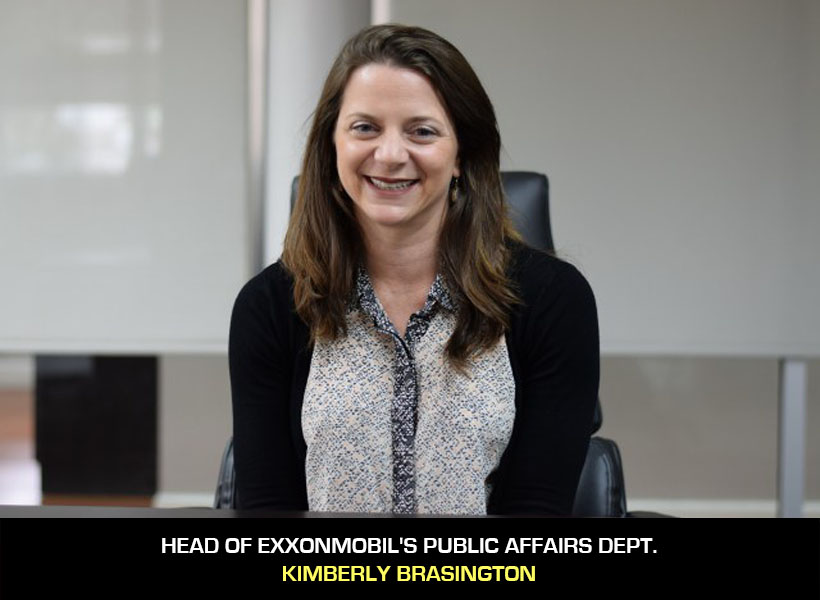ExxonMobil is not afraid of any audit that the Government of Guyana may have conducted into the controversial US$460M pre-contract cost. In fact, ExxonMobil’s Senior Director of Public and Government Affairs, Kimberly Brasington says, “Bring it on!” Brasington told this news site that the company welcomes such scrutiny.
The US$460M was reportedly spent by the company and its partners from 1999 to 2015 during its exploration for oil at the Stabroek block. Calls have been made for an audit of the sum which was inserted into the Production Sharing Agreement during the 2016 review.
Attorney-at-Law, Christopher Ram and even Opposition Leader, Bharrat Jagdeo chided the government for its failure to audit the sum before having it included as part of the contract.
Brasington stated however, that the government has the right to audit every aspect of Exxon Mobil’s operations. She said that this is expected and customary in the oil and gas industry.
The Senior Director said, “We welcome audits as it demonstrates transparency and helps build trust. The accusation that the $460 million is not accounted for is inaccurate and uniformed. ExxonMobil and our partners will continue to be accountable to the Guyanese people. I continue to say it; we will only operate with the highest standards of ethics and accountability.”
Brasington added, “The $460 million is not a ‘bill’ being provided to Guyana. The money spent upfront is cost recoverable, which means when the oil begins being produced and sold, the upfront costs of finding the oil are paid back over time. In some countries, the government and the contractor split the exploration costs upfront. In Guyana, ExxonMobil and our partners paid for all the exploration costs up front.”
Brasington was also willing to provide a breakdown of the US$460M.
She said that approximately US$230M was spent drilling the landmark Guyana discovery well Liza-One and early drilling costs for the follow-on wells. Brasington said this included mobilizing and demobilizing the drilling rig, helicopters and supply vessels in addition to drilling the well.
The Senior Director stated that approximately US$140M was spent shooting ExxonMobil’s 20,000km seismic campaign over the Stabroek Block. “This was the company’s largest proprietary seismic campaign ever,” added Brasington.
The official said that this was required because no 3D data existed for the block. She said that the seismic data is what helped ExxonMobil figure out where to drill the wells.
Further to this, Brasington said that approximately US$65M was spent over many years utilizing Geology and Geo-science experts and Engineering teams to identify the potential prospects that the company wanted to drill and then to design the concept for safe and successful drilling.
She said, too, that approximately $25M was spent on other costs and overheads, including block rental fees and training payments.
While ExxonMobil says it welcomes such any audit, Guyana does not have the capacity to conduct a thorough assessment of an oil company’s cost recovery bills. In fact, Guyana’s main agencies for the sector— the Guyana Revenue Authority (GRA), Guyana Geology and Mines Commission (GGMC) and the Auditor General’s Office— encounter various challenges when assessing the financial statements of local companies.













